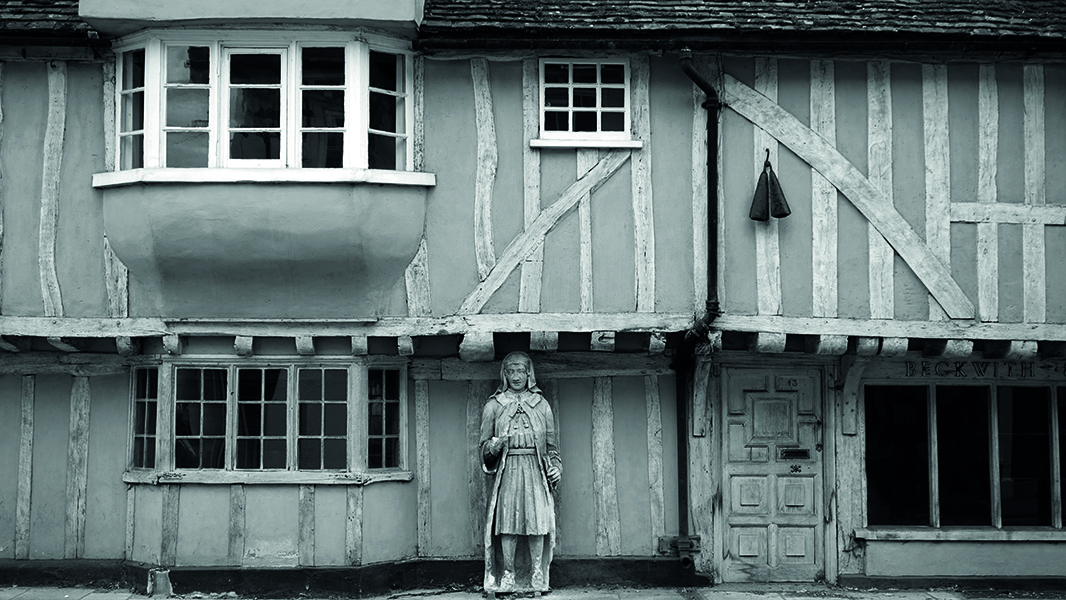Originally published May 2021.
Local property prices were always a good indicator of UK voting habits – but in the past five years, that’s stopped being true.
The last few years have been volatile for UK politics. There have been surprise results in several general elections and notably in the Brexit referendum, creating uncertainty for politicians, investors and the public. The old models used to predict voting behaviour have broken down, as their assumption that people’s views are shaped by class and economic status increasingly fails to hold. Questions of personal and national identity are now more influential than the traditional markers of income and wealth.
One example of this breakdown comes from the residential property market. As recently as 2015 there was a strong relationship between property prices in a constituency and its likelihood of returning a Conservative MP. Broadly speaking, Tory-leaning seats tended to have higher house prices than Labour seats. This was consistent with the stereotype of Conservative voters generally being in higher socioeconomic brackets, enjoying larger incomes and being able to afford more expensive property.
Using Land Registry data, we can establish the average residential property price for every constituency in England and Wales in 2015. This can be compared against the difference in vote share between the Conservatives and Labour in the May 2015 general election.
The first scatter plot here has one dot for each parliamentary constituency. The horizontal position of each dot represents the difference between the Conservative and Labour vote shares at that election. A position on the left-hand side indicates that Labour got more votes than the Conservatives, and vice versa for the right-hand side.
The vertical position indicates the average residential property price in that seat on a logarithmic scale. The green line indicates the best-fit straight line through the points. Seats are coloured according to the winning party. London seats are excluded as the capital behaves very differently.
The chart shows quite a strong relationship between a seat’s political orientation and its property prices. Most constituencies are fairly close to the green line. But there are a few outliers with leftish views and high house prices, such as the prosperous progressives of Cambridge, Oxford and Brighton. In technical terms, there is a high correlation of 76% between the political and property measures.
But five years is a long time in politics. Repeating this exercise using up-to-date house prices and the election result from December 2019, the results are noticeably different.
The second chart shows things as they are now. Although the link between politics and property is still there, it is weaker and less definitive. The correlation between party politics and property prices has fallen to 55%, indicating a looser relationship. Correspondingly, seats are no longer clustered near the best-fit line but are more dispersed. The best-fit line itself has a shallower slope, confirming the weaker link between the two.
The Conservatives famously gained many Red Wall seats in the North of England from Labour, such as Burnley, Grimsby and Bishop Auckland. These seats generally have property prices lower than the green trend line and form many of the blue dots that are well below the trend. On the other side, Labour held or gained some urban, student-dense seats with higher property prices, such as Reading East, Warwick and Leamington, and Canterbury. These are the red dots that lie above the trend line.
Some might expect a link between the growth of house prices and voting patterns. But the statistics don’t support this. For example, there appears to be little relationship between the local change in house prices and political affiliation. Voters appear not to reward national politicians for house price increases in their neighbourhood.
This data confirms that the political order has changed. Voters no longer care as much about economic and personal financial matters, but rather focus on questions of national and international identity. The Conservatives have gained larger numbers of less well-off voters, while Labour has gained many affluent voters. Predicting future voter behaviour must now include non-economic factors as much as, or more than, the traditional economic drivers. The Clinton-era slogan has had its day: it’s not the economy, stupid.








